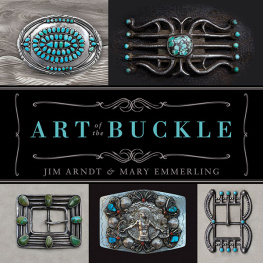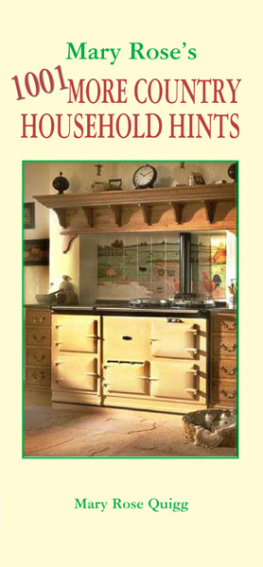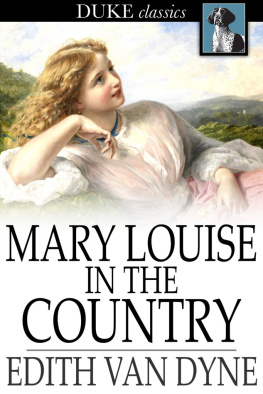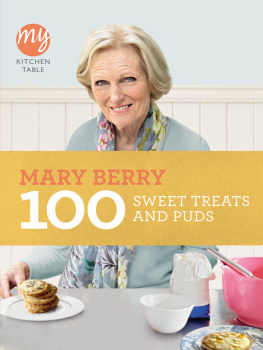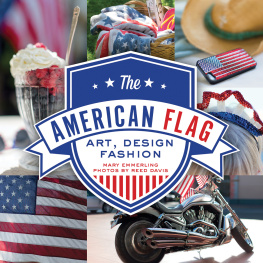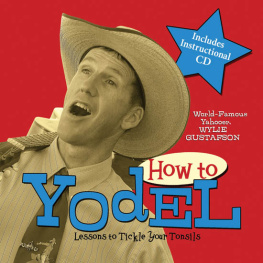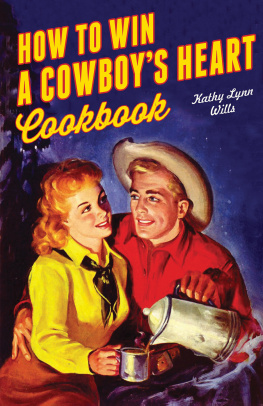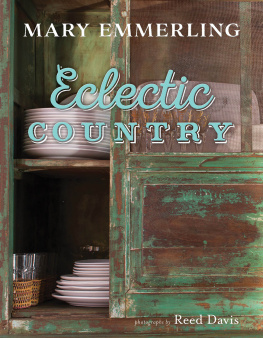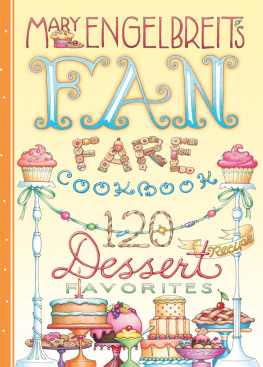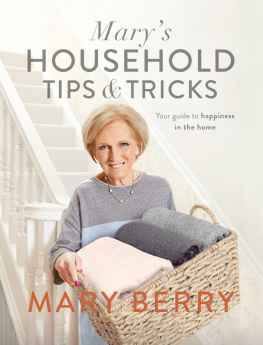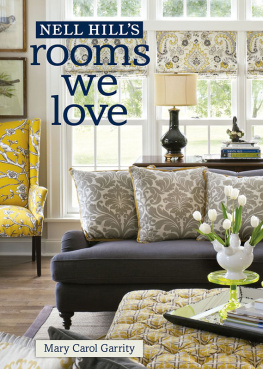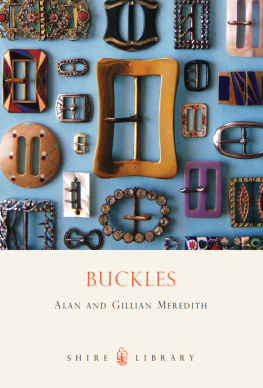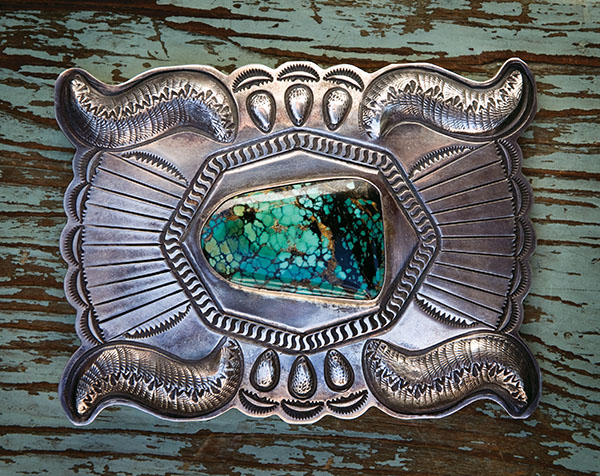Art of the Buckle
Jim Arndt & Mary Emmerling

Art of the Buckle
Digital Edition 1.0
Text 2013 Jim Arndt and Mary Emmerling
Photographs 2013 Jim Arndt
All rights reserved. No part of this book may be reproduced by any means whatsoever without written permission from the publisher, except brief portions quoted for purpose of review.
Gibbs Smith
P.O. Box 667
Layton, Utah 84041
Orders: 1.800.835.4993
www.gibbs-smith.com
ISBN: 978-1-4236-3219-1
To Nathalie, the Queen of the Buckles, and also my number one supporter, biggest fan, and best friend. She makes every good day better, and every bad day good. It is inconceivable that this could get done without her.
Merci beaucoup!
JA
To my wonderful family, Samantha and Jonathan, who I have tried to make into cowboys and cowgirls, though they are truly NYC kids!
To Reg Jackson, who has made the last sixteen years truly Western.
ME
Introduction
Throughout the centuries, men have usually needed an accessory of some type to hold up their trousers. In the cowboy culture, suspenders were practical for vigorous outdoor work, while belts were not.
However, styles began to change in the 1920s with the advent of the rodeo trophy buckle. These were costly to make, so being awarded a championship or commemorative buckle was like winning a pot of gold! This was the beginning of the buckle as a statement of pride among working cowboys, an icon that said, Here I am. Im a winner, a force to be reckoned with! Such big, flashy buckles werent for everyday; they were for best dress, for wearing to the Saturday-night dance in town.
Buckles entered the mainstream popular culture via Hollywood film star cowboys of the 1930s and 40s, and pretty soon wannabe cowboy kids could buy a ranger set with a holster and cap gun at the five and dime. Big boys were attracted to big buckles, too. Here was another accessory that one could give a man besides a tie or belt. Silversmiths and jewelry makers put artistry into one-of-a-kind and custom buckles, spinning out a fabulous genre of gentlemens jewelry.
The buckles we see today are the creations of numerous extremely talented artists, jewelers, silversmiths, bead workers and leather workers. If you can think of a buckle that would be just your style or bear icons that show people who you are, there is a buckle artist who can create your dream and bring your message forward. Although there are tens of thousands of buckles out there, some of my favorites are from when my love for the art of the buckle began.
When I met my cowboy, Reg Jackson, who grew up in the West, he showed me his rodeo buckles, western fringe jackets, bandanas, cowboy belts, and Navajo silver jewelry. I was hooked! I started looking for and collecting rodeo buckles and belts. I loved the trophy buckles that had bucking horses, bulls, ropers, and barrel racersall of which were highly engraved or inlaid with gems or from towns that I loved visiting.
I had spent a lot of time going to Cheyenne Frontier Days in Wyoming, shooting my American Country West book. On the other end of the spectrum, I even attended the Rodeo Days in Montauk, Long Island, New York. In every magazinefrom Vogue, English Vogue, and Ct Sud to House and Garden I would look for fabulous layouts on western clothes and settings.
Then I met my favorite French cowgirl, Nathalie Kent, and was also introduced to Jim Arndt, who had shot a lot of the western commercials and ads. Nathalie and Jim were both fabulously well dressed in Santa Fe western style, and Nathalie had a namesake store in Santa Fe, where she sold a lot of clothing and jewelry of the type they wore. I started shopping there, as well. I would wear my turquoise jewelry everywhere I went, but in New York, people would ask, Have you been out West? When I flew on airlines and had my rodeo buckle on, I would be asked, Whats your best time?
I love all of my collections now, starting with rodeo buckles, ranger sets, conchos, trophy buckles, denim, Chimayo weavings, cowboy boots, Levis, bandanas, cowboy hats, turquoise jewelry, coats, and RRL and RL clothes that I have worn since Ralph Laurens first western collection entered the market in 1978. I look for buckles at all the antique shows, flea markets and antique malls. What do I look for? Definitely I look for buckles that commemorate cities, ranches, or other places; that have peoples names or initials; and I look for buckles with stones. I like the buckles BIG!
Now that you know all the details, which style of buckle do you want to start looking for? Western style is my style. I cant imagine being without my favorite pieces of jewelryincluding my buckles!
As Gene always said, Happy Trails!
Mary Emmerling

(Mona Van Riper.)
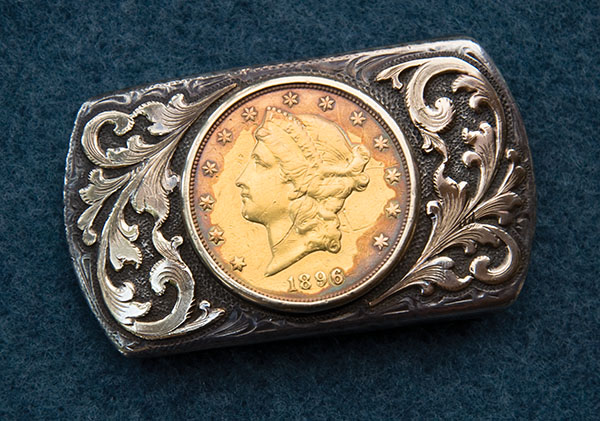
(Sherwood collection.)
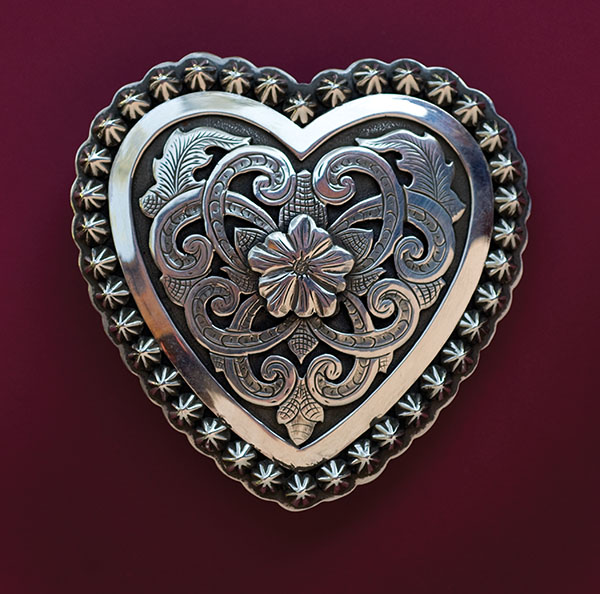
(Richard Stump.)

(Doug Magnus.)
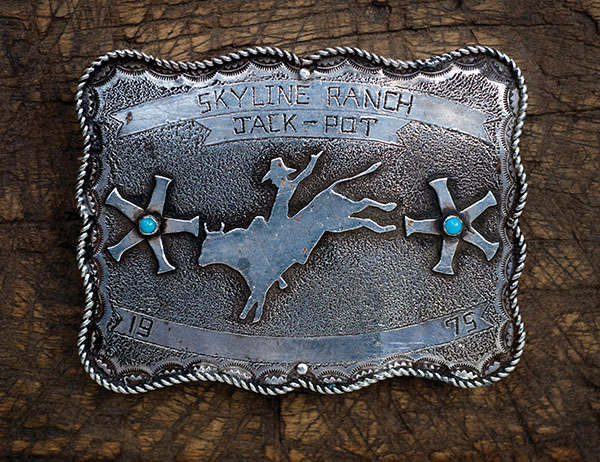
(Vintage.)
Cowboys & Indians
What epitomizes the history of the West more than Cowboys and Indians?
Indian imagery represents our true original Americans, who we look to particularly for their value of living in harmony with Mother Earth. Whether in profile or full face with headdress, the image of the Indian reflects strength and pride in ones heritage. Many of the incredible buckles I love have been made by the Din, or Navajo.
The cowboy image is a favorite for buckle collectors. He represents independence, among other things. Ive loved the cowboy and Indian in film, from classic models like Hopalong Cassidy (I have seen every movie!), Roy Rogers, the Lone Ranger and Tonto, and Gene Autry, The Singing Cowboy, to the latest Lone Ranger and Tonto played by Armie Hammer and Johnny Depp. Tremendous fun!
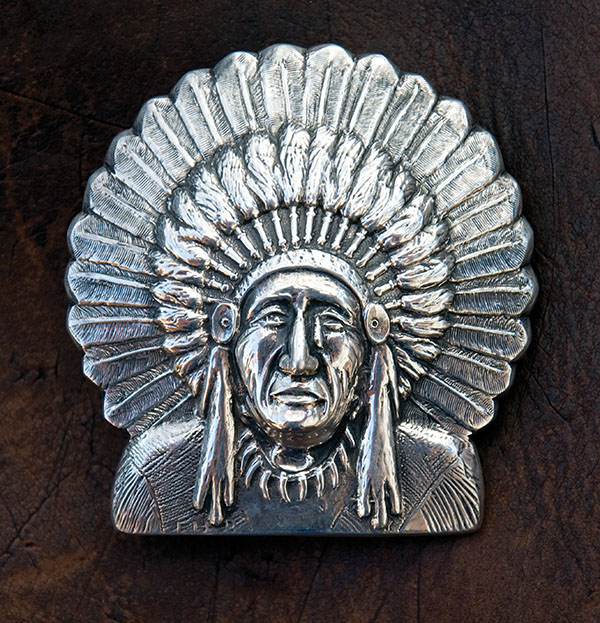
Bohlin sterling silver Indian head.
My first buckle was on my two-gun cap pistol holstersshiny tin with a horse head design and some horseshoes at the corners. From that time till now, that first buckle has welcomed many more to my collection. Theyre Western History and I love history. |
| Reg Jackson |

